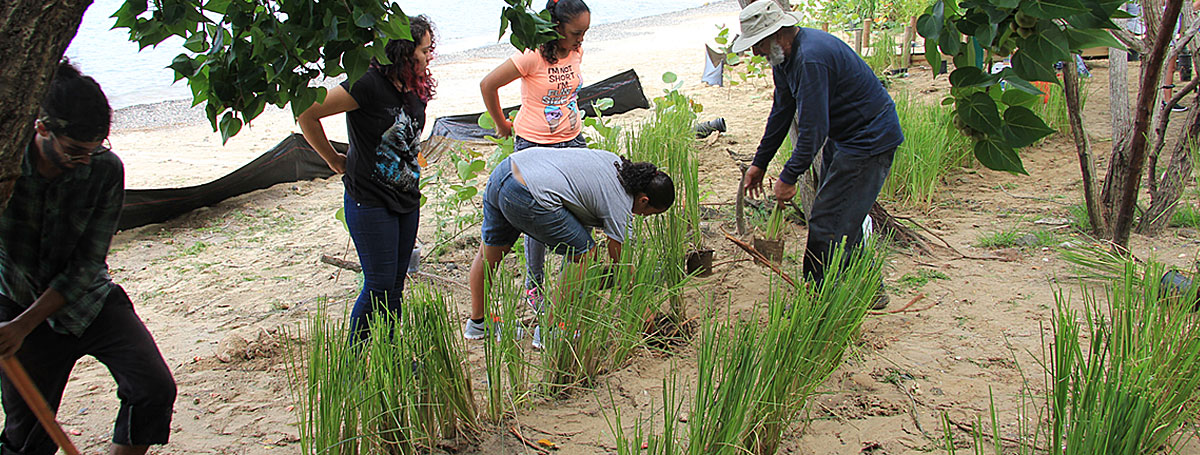Issue
Playa Tamarindo, a popular beach destination on Puerto Rico’s Culebra Island, has experienced its share of sediment and pollution runoff issues. Bare soils cause sediment runoff, while cars driving on the beach pose pollution concerns for the local waterway. These land-based sources of sediment and pollution pose a serious threat to nearshore coral communities. Officials have made reducing and slowing stormwater runoff a priority.
Process
Watershed managers began working with local government agencies, nonprofit organizations, and the community to reduce sediment and pollution runoff. The partners incorporated green infrastructure practices, such as vegetating bare soil and installing a gravel parking lot, to help absorb some of the excessive water. Rocks were strategically placed to divert unabsorbed water to more heavily vegetated areas, reducing the runoff into the waterway. Managers used OpenNSPECT, an open-source desktop tool from the Digital Coast, to compare erosion and pollution runoff in various land use scenarios. This information is helpful for evaluating the effectiveness of restoration activity.
Impact
With the OpenNSPECT tool, scientists determined the effectiveness of their work and adapted their efforts as necessary. Initial studies show that overall sediment loads in Playa Tamarindo's marine habitats have decreased, thus reducing the impacts to local coral communities.

